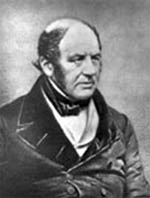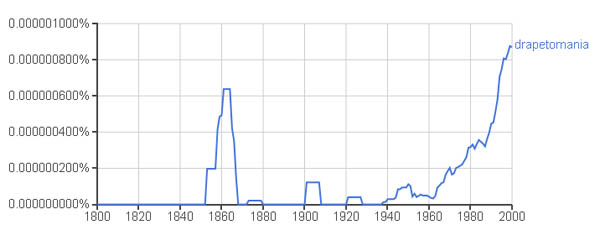Drapetomania more common than ever
 Dr. Samuel A. Cartwright
Dr. Samuel A. Cartwright
October 19, 2015
By Toussaint HeywoodDr. Samuel Cartwright (1793-1863) a physician in the deep south, is most famous today for identifying the pseudo-scientific disease drapetomania, a mental disorder which caused enslaved people to want to run away.
He published a description of the disease in DeBow's Review, a general-interest magazine, in 1851. In 1854, the article was reprinted in the Georgia Blister and Critic, a medical magazine.
Eminent physicians of the period engaged each other in medical journals, writing replies supporting or disagreeing with groundbreaking new ideas based on their own experience. But Cartwright's drapetomania dropped like a stone without a ripple. No other doctors engaged the idea seriously. It went unmentioned in other journals as a serious contribution to slave diseases, other than an occasional reprint. In 1857, the London Lancet included some of Cartwright's original article as a news item with little editorial comment, other than a tone of reserved skepticism.
Drapetomania was not added to medical reference books, and there is little evidence that southern plantation owners adopted Cartwright's treatment or that enslaved people typically became aware of such a diagnosis when in a plantation hospital or seen by a local doctor.
Did other southern whites realize how silly Cartwright's article sounded? If so, they were too polite to point it out, but northerners weren't so reticent.
The editor of the Buffalo Medical Journal quoted some of Dr. Cartwright's article, then continued in scathing satire, adding his own observations of the disease in his part of the country in pseudo medical language:
"The vital electricity not unfrequently becomes 'detached,' and occasions singular muscular movements, such as writing sermons, speeches, and spiritual communications, without the exercise of volition.... the nervous erythism of the human body is thrown into relations with the magnetic pole, and thus 'drapetomania' is produced; the proclivity of the patient being always on a line parallel with the magnetic needle, thus directing his footsteps northward."
Besides the Buffalo Medical Journal, another famous critique was by Frederick Law Olmsted, the northern writer who visited the south and wrote of his travels. He offered his own diagnosis: "I should suspect it to be, if it cannot be otherwise accounted for, the natural instinct of freedom in a man," but went on to quote Cartwright, and the passage appeared in the many reprinted editions of his books published in the 1850s and 1860s.
It's no wonder that physicians kept their distance. The original article seemed like a parody of itself, saying that the "disease" which made slaves run away could be cured by treating them well while still instilling submission--common sense advice that any slave-owner had heard many times. But in the same article, Cartwright described another disease he had identified, dysaesthesia aethiopica, and there he descended to strangeness. It was a disease which caused negroes to become lazy, accidentally break things, and commit petty thefts: "rascality" the overseers called it.
Cartwright suggested a treatment of whipping and hard work, though he explained it in medical terms: "The best means to stimulate the skin is, first, to have the patient well washed with warm water and soap, then, to anoint it all over with oil, and to slap the oil in with a broad leather strap; then to put the patient to some hard kind of work in the open air and sunshine, that will compel him to expand his lungs, as chopping wood, splitting rails, or sawing with the cross-cut or whip saw. Any kind of labor will do..."
The sheer audacity and blindness of Cartwright's article made it a perfect example of the practical application of scientific racism, but even white southerners in the period did not incorporate it into the medical care of their slaves or accept it as a legitimate medical discovery.
In fact, it is far more widely referenced today than it ever was then. Google's N-gram shows a little flurry in the decade after publication, much of that due to its mention in the many repackaged editions of Fredick Law Olmsted's works. Then almost nothing until after the 1960s.

Drapetomania has become an archetype of pseudo science and racism, yet it excited less interest in the 1860s than the 1960s.
